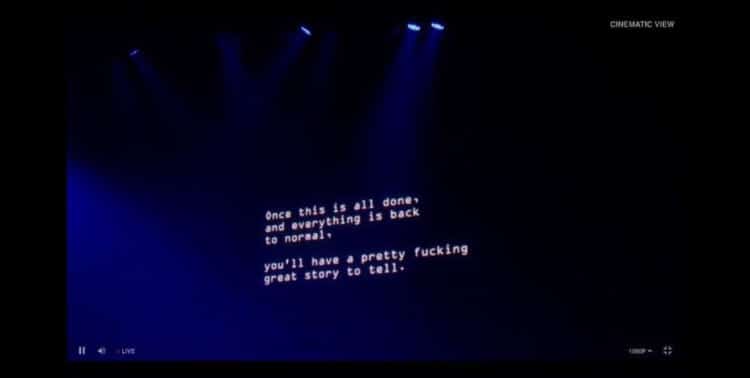As Ontario’s COVID-19 restrictions continue to limit performance opportunities, musicians and venues are beginning to change the ways they coordinate concerts.
Alex Moxon, a 30-year-old jazz guitarist from Ottawa, said that virtual concerts, especially pre-recorded ones, often don’t even feel like concerts anymore.
“It really feels like you’re doing a record when you do it pre-recorded, because you’re in a room with headphones on and you’re playing for no audience,” said Moxon in a phone interview. “That kind of changes the way we play a little bit when there’s no kind of ‘real’ audience.”
Moxon, like many musicians, has continued to write music during the pandemic, and hopes to eventually release a “COVID EP” of the music he has composed during this time. However, Moxon says he remains uncertain of whether audiences will be interested in hearing it once concerts return.
“It’ll be interesting to see what audiences are game for when this pandemic passes,” Moxon said. “Are people still going to be game to hear music that was recorded or released a year or two ago, or are they going to prefer something fresh and new?”
While artists can perform virtually from their homes or studios, performance spaces are facing difficulties in remaining open and safe during the pandemic.
Chris Gibbs, the chair of Ryerson University’s Creative Industries program, alongside his partners Shawn Newman and Louis-Etienne Dubois, created #Lights-On, a comprehensive safety guide for Toronto venues during COVID-19. Gibbs, whose prior work experience includes working in venue management positions for Maple Leaf Sports & Entertainment, oversaw the whole project from beginning to publication.
Gibbs explained that the #Lights-On venue guide wasn’t written by them, but was compiled from about 20 other guides into one comprehensive document that they felt would assist venues operate more safely and successfully.
“We don’t need to write a guide, there’s guides out there,” said Gibbs during a Zoom interview. “We just need to make one work for our target audience, and that’s where we focused on creating something that worked for Toronto-based venues of 3,500 seats or smaller.”

The guide’s main goal is to tackle the obstacles of safely reopening venues, and outlines safety measures for everything from hair and makeup to the ventilation systems of performance centres. The guide doesn’t however focus much on the challenges of virtual performances, which Gibbs says “haven’t proved to make a ton of money.”
One challenge, Gibbs explained, is that audiences aren’t willing to pay as much for virtual performances, yet production costs for venues and artists remain high.
“To put on a show online, it’s the same cost as to put it on stage in-person,” Gibbs said, giving the example of virtual theatre productions. “You still have to pay the actor, you still need lighting, you still need sound, but you can’t charge $30 for the seat because people aren’t going to pay.” The example, while focused on theatre, highlights some of the issues many musicians are facing as well.
Some artists, however, are increasing their performance theatrics, seeing the virtual concert platform as a chance to experiment with multimedia elements in their concerts.
Rana Nemat Allah, a University of Waterloo student, described the virtual concert she attended of the American pop band AJR in December as “a lot more impactful” than any other virtual performance she has seen. “You couldn’t look away because every second something new was happening,” she said.
Nemat Allah, who was supposed to have seen the band live prior to the lockdown, said the livestreamed performance featured lasers, lights and many other multimedia elements.
“The production value was just ridiculous to look at. It was clearly something they put a lot of work into,” said Nemat Allah in a phone interview. “I think they even said in the concert that they were doing things that they definitely couldn’t possibly do in an actual live show.”









